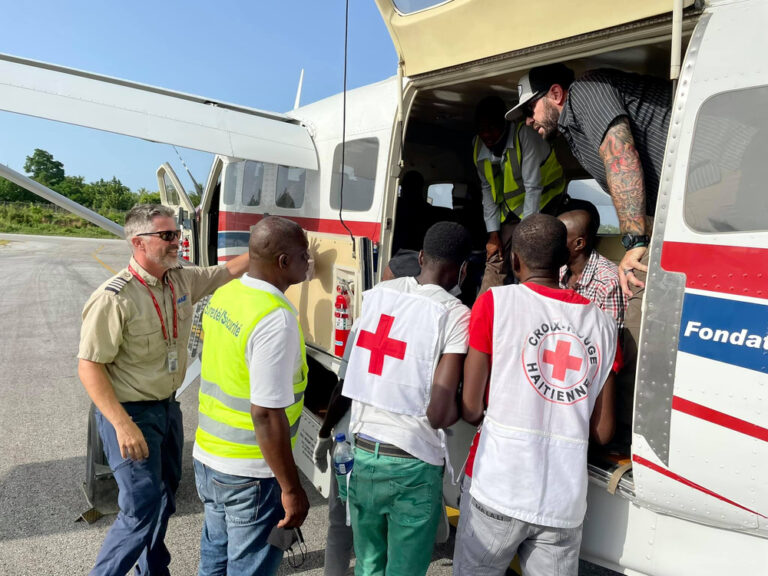When Bill McLagan started working in avionics with MAF in 1978, he put his mix of technological knowledge and pilot know-how to good use, creating a number of inventions that helped make aviation easier.
However, before the world knew what a GPS was, there was a great need for a similar device – and McLagan created one to help find airstrips in remote areas of the world.
In the early 1980s, the MAF programs in Africa struggled to find flat airstrips in desert areas without a GPS. Pilots would fly in search of a remote airstrip, but if they didn’t find it, they would go into a search pattern. Then if they still couldn’t locate the airstrip, they would return back to the base and take off again another day.
McLagan changed all that with his direction finder that would go into airplanes. He created a corresponding quarter-watt transmitter that could be turned on at the airstrips, making it easier for pilots to locate.
While those devices became obsolete with the invention of the GPS, they are still put to good use as a training device, teaching pilots how to find hidden transmitters.
“It’s certainly gratifying to know that after 25 years, MAF is still getting good use out of them,” said McLagan, who is retired from MAF.
Recently, MAF refurbished eight of those transmitters and uses them at remote airstrips that it trains on in the wilderness areas of Idaho.



